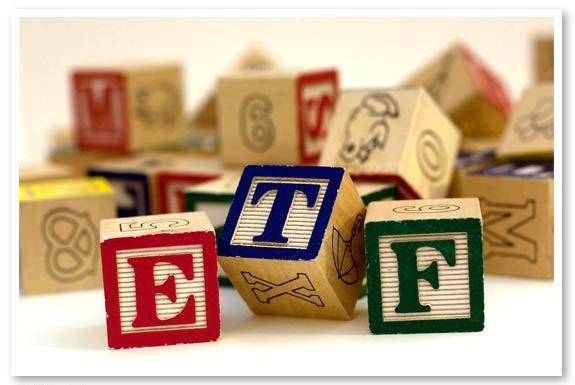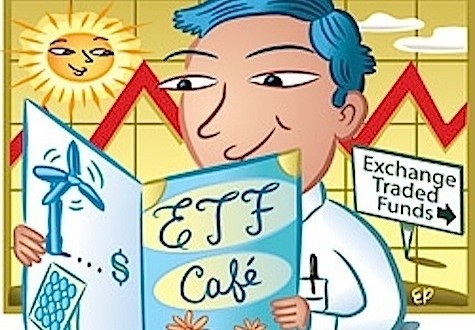Exchange Traded Fund Investments Investment U
Post on: 16 Май, 2015 No Comment

An Investment U White Paper Report
It’s one of the fastest-growing areas of the market. bar none.
In 2003, there were just 30 of these investments available to trade. As of the end of 2011, the number had exploded to over 1,115 across the world, according to CNBC.
Exchange-traded funds — otherwise known as ETFs are best understood as a fusion of mutual funds and stocks. offering the best of both worlds. Basically, ETFs are baskets of assets, bundled together and traded like stocks on the major exchanges. They’re designed to mimic the performance of the underlying asset(s) that they represent — be it an index, country, currency, sector or industry.
For instance, in one transaction and with just one share, you can buy the entire S&P 500 index. a batch of U.S. government 20-year + bonds. the whole country of Japan. the biotech sector. the top oil stocks. or the 200 most important small-cap companies.
The list seems endless. and continues to grow.
ETFs represent the fastest growing sector of the fund industry, with money flooding into the marketplace at a rapid rate. At the end of 2003, total investor assets in ETFs were $151 billion. But at the end of 2011, that number had swelled to over $1.3 trillion according to IndexUniverse.com.
A top ETF manager recently told Investor’s Business Daily, Of the new money coming into our firm, about two-thirds of the equity investments are going into ETFs.
So why are ETFs so popular? More importantly, how do they work and how can investors profit?
The Benefits of ETF Investing
It’s arguably the unique blend of stock and mutual fund characteristics — and the resulting benefits — that make ETFs so popular.
More Diversification. Less Risk: ETFs allow you to purchase a basket of assets in just one share, thus allowing you to easily diversify your portfolio and reduce your risk. After all, it’s much safer to buy a collection of stocks together, rather than just individual ones. Losses from one are offset by the others.

Flexibility: As opposed to mutual funds, which are priced once each day, you can trade ETFs like stocks throughout the day on the major U.S. exchanges. This gives greater flexibility, allowing for options, margin, limit orders and the ability to sell short.
Liquidity: When ETFs were first introduced in 1993, there was only one and volume was under 100,000 shares a day. But today, tens of millions of ETF shares are traded each day.
Low Cost & Dependability: Most ETFs have lower maintenance fees than standard mutual funds. For example, the industry average for mutual funds fees is about 1.5%, but is often much lower for index funds. Investing in ETFs allows you to create your own well-diversified portfolio without sales loads, redemption fees and other common restrictions of mutual funds. Plus, as index funds, you know what you’re getting and can choose which sector you want to invest in.
Greater Choice: The ETF investment universe is rapidly accelerating. There are now hundreds of ETFs covering a vast array of sectors and industries. And new ETFs are hitting the market all the time, opening up new opportunities. For example, just some of the areas available include: Financials, energy, gold, silver, currencies, countries, consumer goods, large-cap stocks, small-cap stocks, healthcare, biotech, real estate, technology. and the list goes on.
So if you want to invest in a certain area but don’t want the risk of owning individual stocks, ETFs are a great alternative.
Tax Benefits: Most ETFs have lower capital gains tax. In addition, since ETF investors trade shares on an exchange and not with the fund, ETF managers don’t have to sell securities to pay off redeeming shareholders.
ETFs Versus Stocks Versus Mutual Funds: A Side-by-Side Glance














